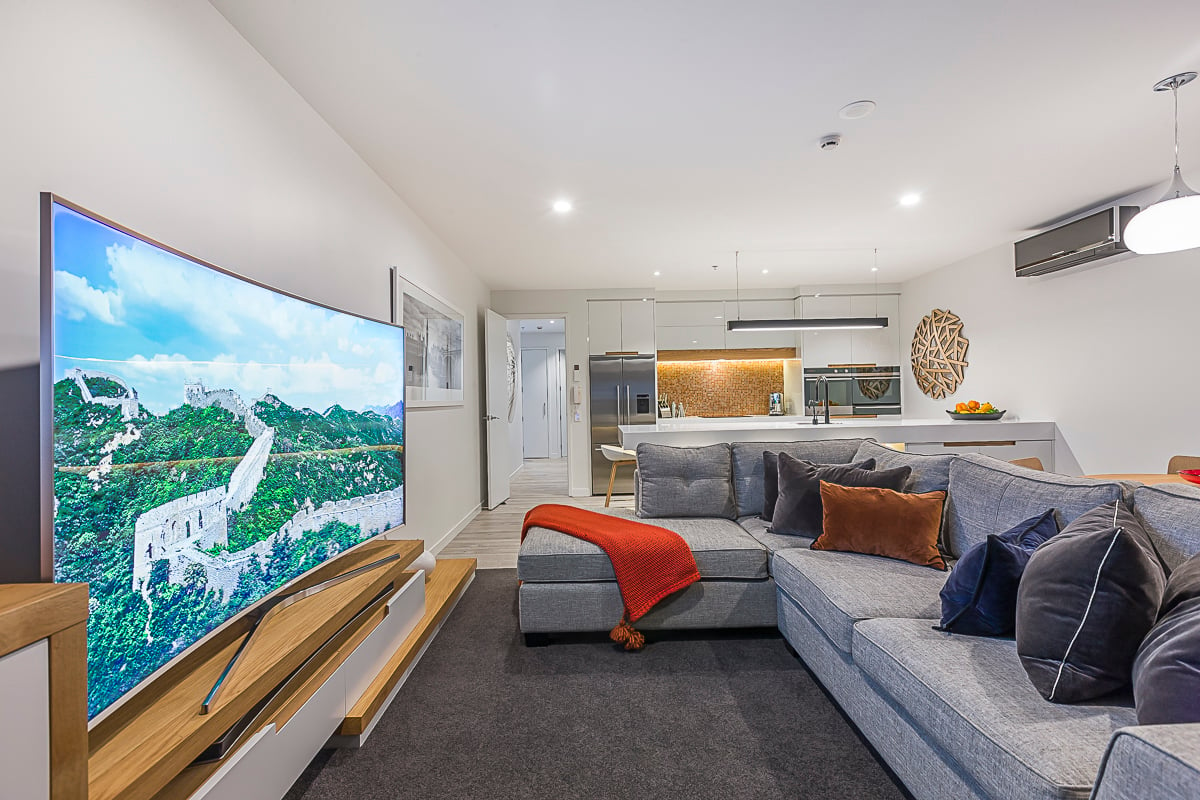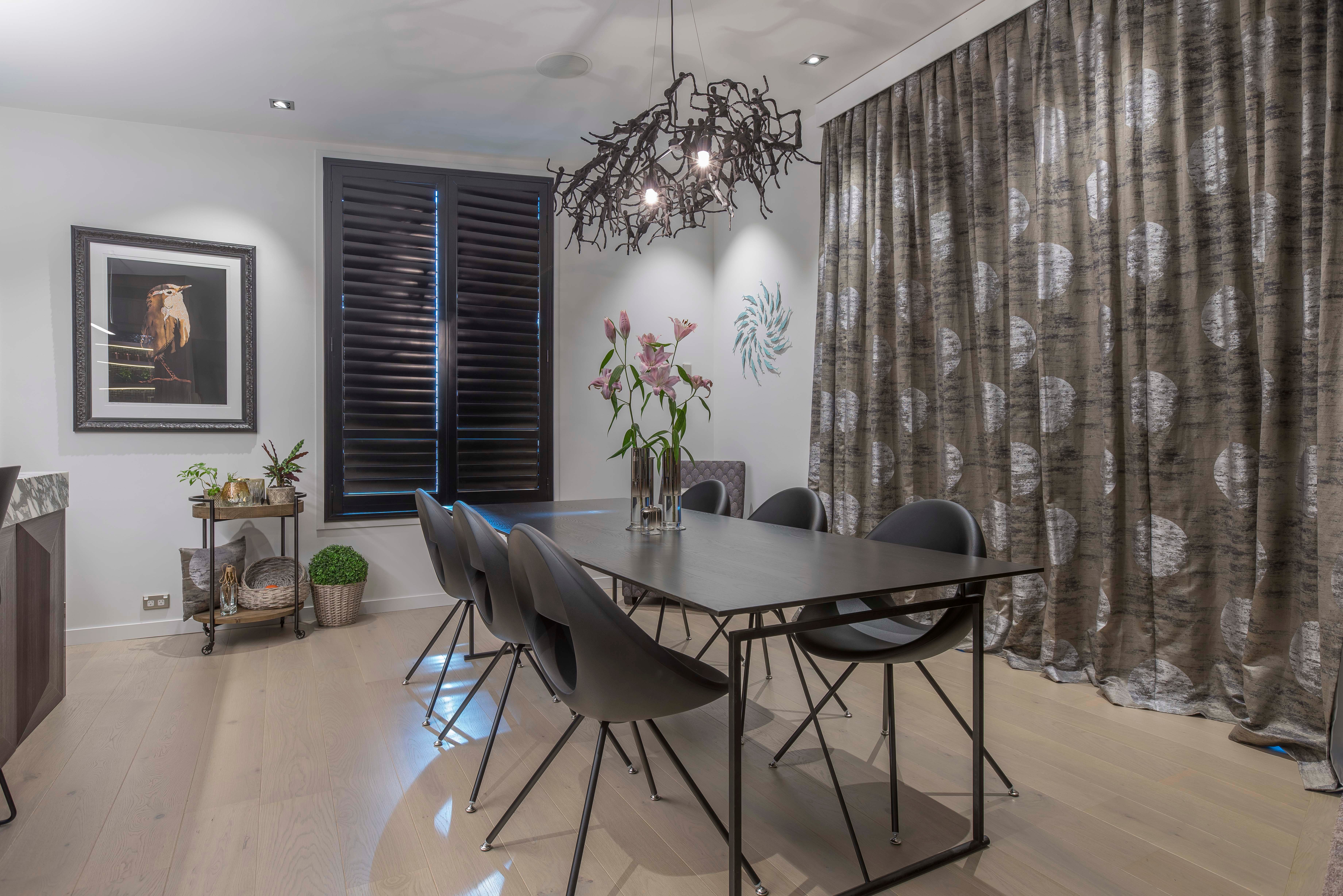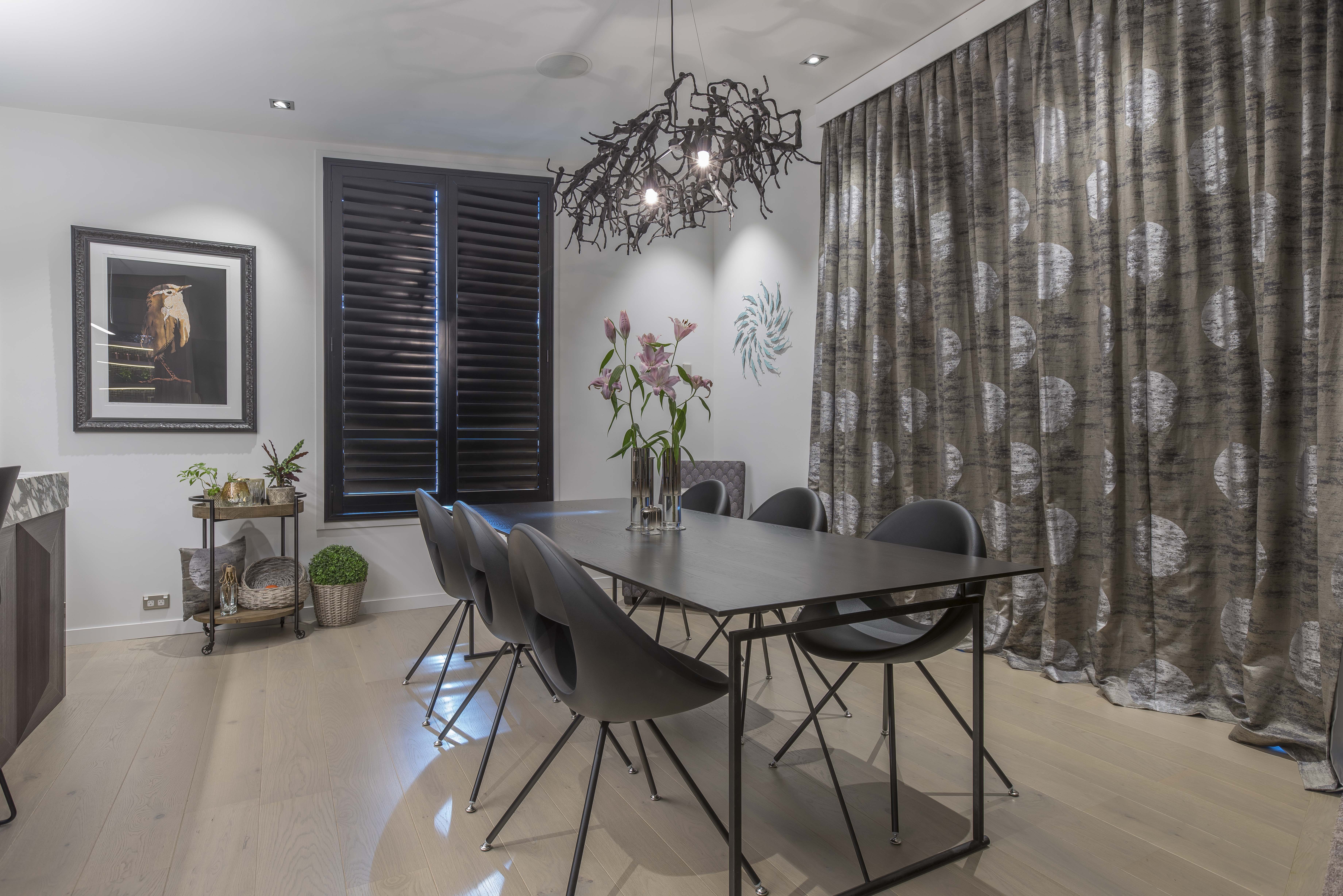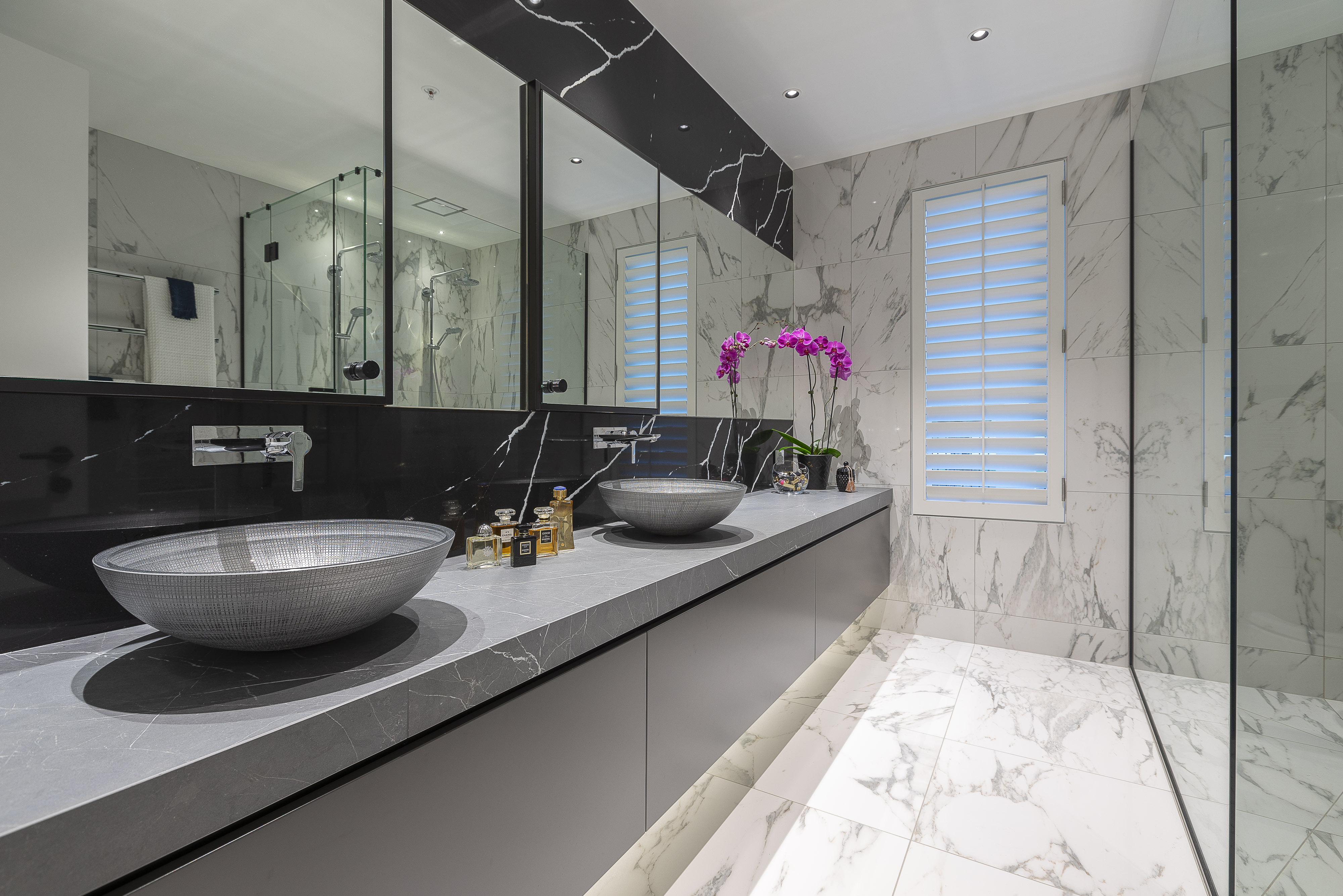Texture is an important feature of any interior design scheme but it is too often overlooked. Texture is just as crucial to a well thought out interior design as other elements like colour scheme, space or furniture.
What do we mean by texture though? In the context of interior design, texture refers to surfaces and the way they feel. You don’t actually have to touch the surfaces though. A strong textural element in a space can convey how it would feel without any physical sensation. That’s why texture is important - it’s an extra touch that can really help your design pop, adding richness and depth to your interior design scheme.
Here are some ways to easily add textures into the elements of your next interior design plan.
Start With the Floor and Walls
The floor space and walls in your interior space are a good starting point when it comes to introducing texture into your design. These surfaces are the basis for any first impression of a space so adding a strong textural element to them will go a long way to adding to the sense of feeling a space gives off.
Rugs can be added to give your space a lush, comforting feel. Wallpaper with a slightly roughened texture can make your space appear earthy and grounded.
Consider the vibe you want your interior design to convey, then begin adding textures which will underpin your desired vision.
A Feel for Furniture
Furniture items always act as a high-contact surface within a space so texture should be at the forefront of any design considerations for them.
Think of a velvety sofa and you imagine a place you can relax and sink into. A matte finish table top looks sleek and modern, suggesting a cool, refined surface.

Furniture of different texture variations can be used to add ‘visual weight’ to a space (adding depth and drawing viewer attention) and appear complimenting or contrasting to its surrounding features.
Add Decorative Items For An Extra Touch
Small decorative items can also be used to add some textural depth to your space. Consider small touches like a vase full of flowers or feathers to add a visual tactile element to your design.

These small additions should link to other textural elements. For instance large, glossy palm leaves would match well against a matte or lacquered table with strong lines and angles.
Combining different items together and playing with their different heights, widths and features can also help to add an extra layer of depth.
Thinking of ways to make a statement with your next interior design ideas? Talk to Mal Corboy for expert advice and a no-obligation consultation.




